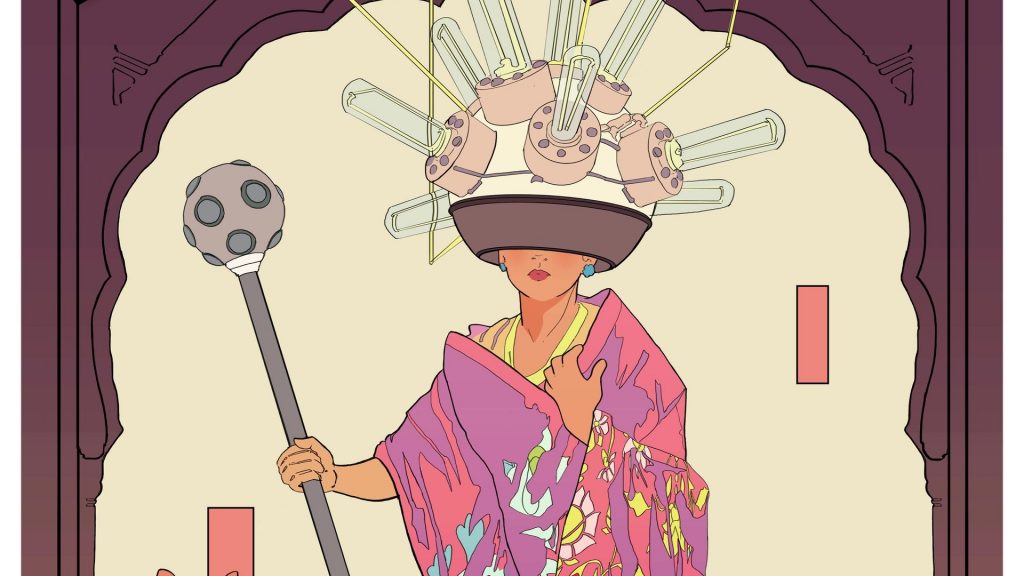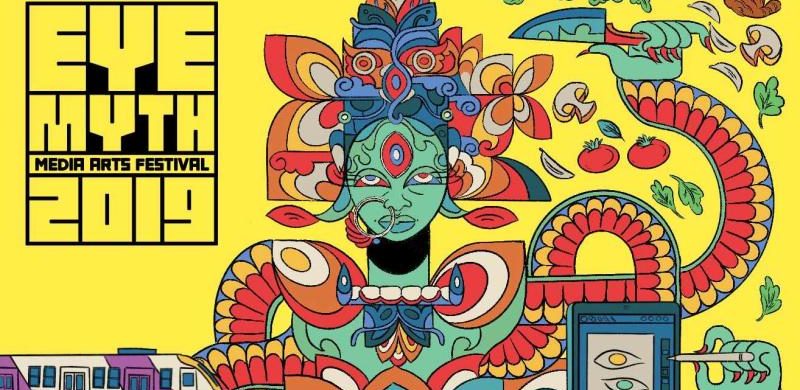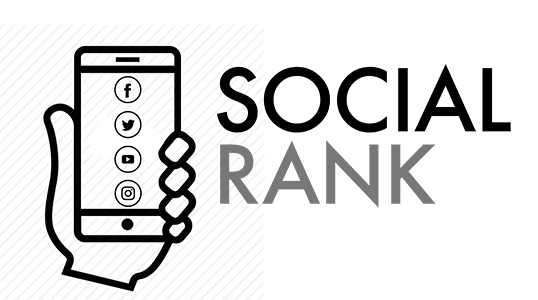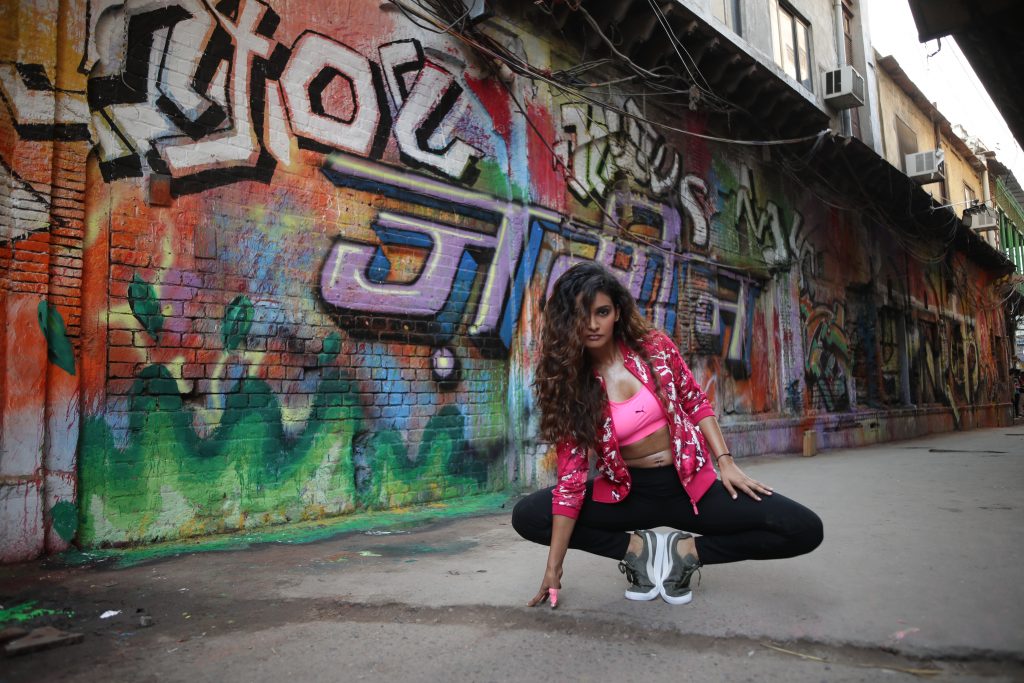- The burgeoning independent art scene in India has been shaped tremendously, along with the design industry, by technology and social media.
- While about 15 years ago in India it would have been difficult to locate anyone doing experimental, fringe work, in the last five years or so, social media has allowed for fast growing connection between artists.
- Indie artists are realising that adapting to new technology — instead of adhering to rigid purist fantasies about methods of creations — is vital.
Indian animation, for the longest time and still to a very large degree, had the perception of being an outsourced industry. “People imagine that we are like warehouses or sweatshops or call centres essentially, where people send work,” says Nikunj Patel, founder of design consultancy Studio Moebius.
But slowly, that is changing. As more independent artists use their voices and create original content, although it hasn’t reached the mainstream yet, people have certainly started to notice that “we don’t just have animators, we also have storytellers”.
Patel — credited with creating India’s first completely hand-animated music video for the Sandunes track “Exit Strategy” — is among these storytellers, part of a burgeoning independent art scene in India that has been shaped tremendously, along with the design industry, by technology and social media.
“One of the big trends I’ve seen, which I think is really great for the scene, is that a lot of young people right now are happy to start off on their own, when they’re quite young or even straight out of college,” says Avinash Kumar, artist, designer, and co-founder of the design consultancy Quicksand. Young artists today freelance or set up their own studios, prioritising independence. “For me, those are signs that the indie scene is developing.” And feeling independent, they are breaking earlier norms about what work should look and be like. “The work that these people do reflects their independent spirit,” he says.
This independent spirit is also aided by social media and the community of like-minded people it affords.
While about 15 years ago in India it would have been difficult to locate anyone doing experimental, fringe work, in the last five years or so, social media has allowed for fast growing connection between artists. “That I think is quite healthy and from that, conversations are emerging,” says Kumar. Connecting with other artists and sowing the seeds of an integrated scene is much easier now than it used to be.
Besides building a scene, social media is also allowing for a more nuanced form of communication. “Suddenly, you’re finding a lot of unexpected collaborations and partnerships happening,” says Patel. “International collaborations are definitely going to pick up a lot.” As people do experimental work and then congregate online, “there’s this culture that’s developing where talent isn’t being chained and people are essentially moving around the scene. It’s quite inspiring to see,” he adds.
Important for these indie artists is realising that adapting to new technology — instead of adhering to rigid purist fantasies about methods of creations — is vital. For instance, “it’s important for animators to realise that you can’t always be romantic about your creation process,” says Patel, simply because most consumers neither understand, nor care, about the amount of effort going into creating art. “If you could adopt a new way of creating through maybe using coding or generative animation, and create the same thing in a week that may have otherwise taken you six months to turn into a 2D animation film, why wouldn’t you go for the one week option?”

Methods of creation like code-based art and software like Touch-Designer, while allowing for faster work then, are also making certain skills redundant. “There’s a whole lot of tech which is making what used to be specialist activity stuff that a teenager can now do on their phone,” says Kumar.
However, shifting focus from skill is, simultaneously, making art more accessible.
“People who don’t necessarily draw, or sculpt, or carve, are able to explore the same thought process as an artists’,” explains Patel. Essentially, one doesn’t need to spend 10 years mastering a style to be considered an artist or dedicate a lifetime toward acquiring a skill. Such platforms, in essence, empower a variety of non-traditional artists to create art, allowing people to bring the concepts in their mind to life. A computer engineer can do code-based art, an electronic engineer can present installations, a musician can create transmedia art for their live shows, and so on.
This influx of ‘non-artists’ into the indie art scene is largely responsible for its rapid proliferation. While the community around new media has been building in the metros since the late 90s or early 2000s, the growth has increased at a much faster rate in the past five years. Because of these new mediums, which weren’t available before, “a whole new audience is being exposed and a whole new creator network is being formed which is definitely beyond the cities and much more spread out,” says Kumar. “I think in the coming years we’ll see the impact of that as it builds up.”
This rapidly transforming scene, while democratising art, is also impacting creators’ mental health and creativity. “Because everybody has access to so many tools and all the tools are becoming similar… I feel like the overall aesthetic of people is becoming similar,” says Kumar. In a world where everyone can see everything and it all looks similar, the idea of what is creative is starting to be affected, also causing stress and anxiety among creators.
“Before, say in 2010, you could have a blog and make your artwork and put it up, almost like your own diary, have your friends watch it and be happy,” says Kumar. Today, when an artist puts something up, they will either find other artists whose diary looks exactly like theirs, or find that nobody really watches, consumes, or even cares about their art, because everyone has already seen too many things. “The whole thing creates a lot of creative existential dilemma for creators,” adds Kumar.
As a result of living in this repetitive loop, artists’ interest levels also often plummet. “Most people you speak to, they say ‘this has already been done,’ and we’re just human beings, everything will be done,” says Kumar. The difference now is the knowledge that it’s done. “This used to happen before but we didn’t know that somebody sitting in New York is also thinking like us. We just didn’t know it. And now that we know it, we feel it’s boring and it makes us less inspired,” explains Kumar.
Connection on social media is also often limited to the attractive visual work, not allowing for a deeper, human connection that focuses on processes and failures. To combat all this, creators first need an awareness of the issues such platforms create. It’s important for artists to “deliberately disconnect, to preserve your own feeling and not get carried away by all of these things,” says Kumar. “It’s just about having a balanced diet of media.”
It’s also for this reason that Kumar has been organising the EyeMyth Media Arts Festival since 2011, 2019 being the first year that included a two-day conference with over 50 speakers, all their talks focusing on process, vulnerability, and honesty about what life as an artist actually entails. When one listens to so many people going through similar struggles, but still creating artwork, “the learning is very different and much deeper,” says Kumar.

EyeMyth is among the few instances of a critical engagement with the digital arts community in India, and with it, Kumar is making a case for the importance of physical connection. “The community in India around this kind of work is already quite small and we felt like it would be useful to first understand how big that community is and what it is actually doing and get a better sense of them as people. That was the main reason to do the conference,” explains Kumar.
And in spite of the disruption technology and social media have effected in the design industry and indie art scene, for Kumar, the basics remain unchanged. “In the current world, to help people understand, you have to use this vocabulary — like ‘digital’ and things like that,” he says. “But the truth is, it’s art and it’s storytelling and it’s the same that it’s been for hundreds and thousands of years.”
This article was originally published on Firstpost

